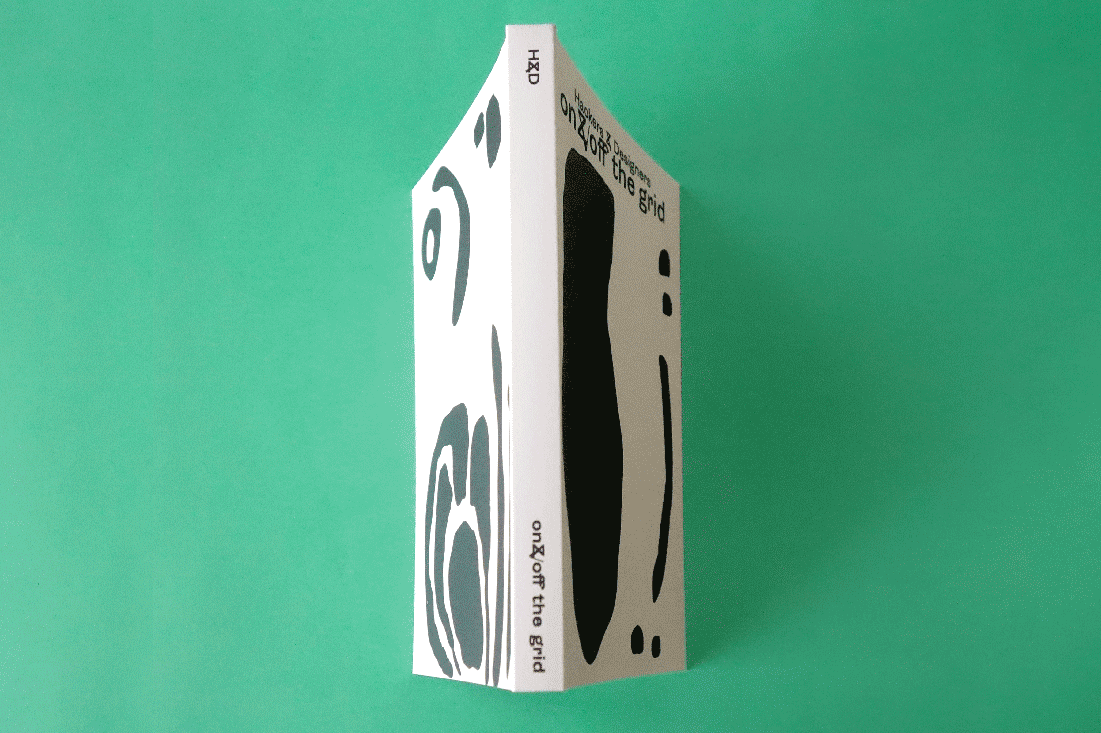On and Off the Grid Contribution by Lacey Verhalen
During the Summer Academy, I became hyper-aware of my reliance on commercial technologies for my work. The H&D environment led me to recognize the value of autonomous modes of production.
After the Summer Academy, I became increasingly interested in what constitutes a society’s shared knowledge. My fascination with the commons has resulted in a recent work that reflects on the value of open commons within a national archive.
Through the Open Set Design Lab, an independent education platform in The Netherlands, I’ve been granted full access to the audiovisual archives of the Netherlands Institute for Sound and Vision. I am from the United States. As a foreigner without a fluent understanding of Dutch, I was compelled to seek an alternative method in which I could navigate the media. Access to the national archives can be restrictive for a foreigner. I decided to use color as a visual means to collect media, which made the archive more accessible and freed it from the semantic net of conventional associates created by label searching. Color can act as an alternative language to search through foreign media in a more broad and creative way.
Although it is perhaps more universally understood than language, color perception is still subject to different cultural meanings. Languages divide color space differently. For example, the single English term blue can be used to describe a range of twenty different hues, but the Russian language makes an obligatory distinction between light blues and darker blues. This indicates that color perception is influenced by linguistic variations.
I began to focus on the imagery of the blue sky because it represents a common association of the color blue. Despite regional weather variations, it’s been a standard belief for centuries that the sky on a cloudless day is truly and simply blue, free from linguistic and visual relativism.
By looking through the archive with a blue filter, I was able to find something familiar in the unfamiliar, which allowed me to create and emotional bond with the other - the foreign archive. This practice of commoning within the Dutch archive became a means for me to breed a willingness to adopt alternative visions of the world. The sky provides a visual retreat mined from a foreign archive with the potential to elicit feelings of familiarity, closeness, and belonging.
A boundless blue sky is a borderless space where it becomes difficult to differentiate between east and west. On land, the language of location is more relative. Every place lies to the east of somewhere, and the recognition of an Eastern country is unique in the mind of its inhabitants and neighbors. The sky, however, allows the language of location to become more absolute. As a universally-shared environment, it represents the backdrop of every culture’s environmental commons.
There is, however, a myth that the Dutch sky is unique. The nation’s beautiful light has been celebrated in landscape paintings since the 17th century in a way incomparable to other cultures. If Dutch light is so special, than what is to be said for the idiosyncrasy of the Dutch sky in areas of the Dutch Kingdom outside of the geographically-characteristic Netherlands? If the language of landscape is relative, how do we measure the differing value of an abstract, shared sky? Is there anything that rightfully belongs to our global commons?
I’m continuing to explore the sky as a conception of space in the archive that holds universal significance and allows for shared engagement with the unknown. This allows for a blurring of boundaries and a bridging of the divide between a nation's history and a person's memory.
By using a color-mediated archive search mechanism, the blue sky, I’m hoping to create a language-free method to internationalize the archive and highlight a culture's relatable media heritage. The result of this process of filtered looking and collecting is a Dutch SKY ATLAS, consisting of various sky images and their correlating location coordinates.
Published in On /& Off the Grid in 2018.
